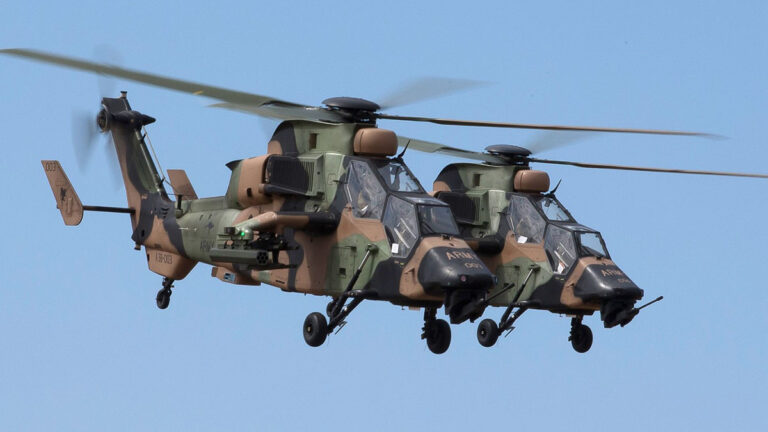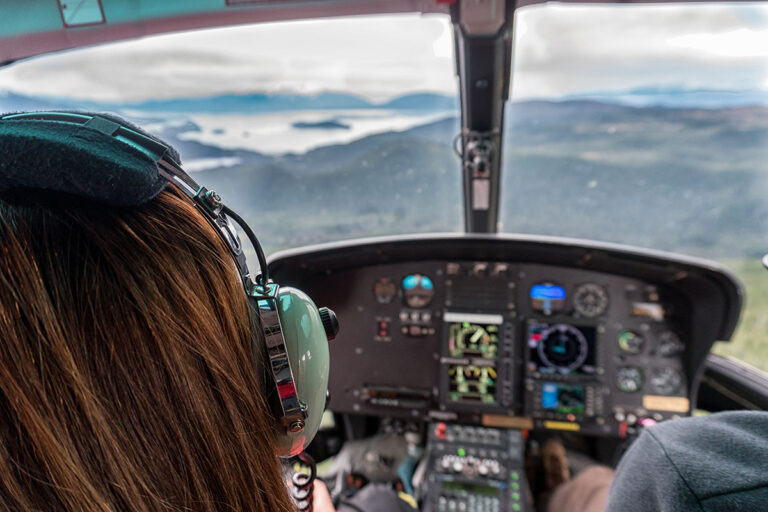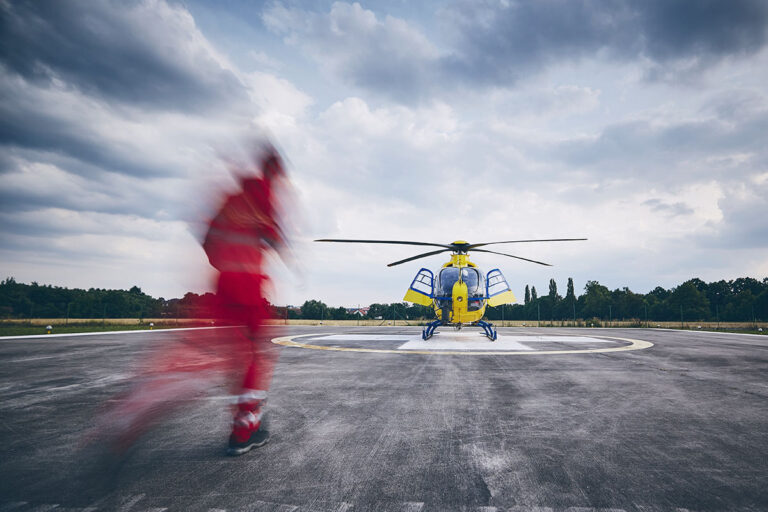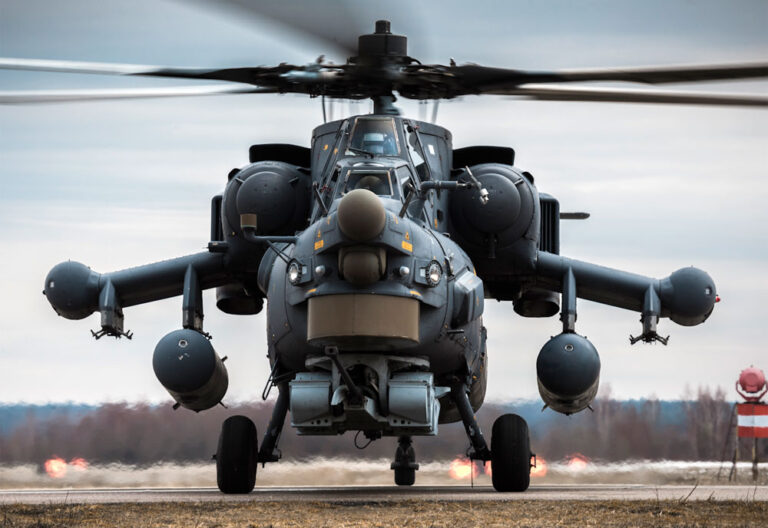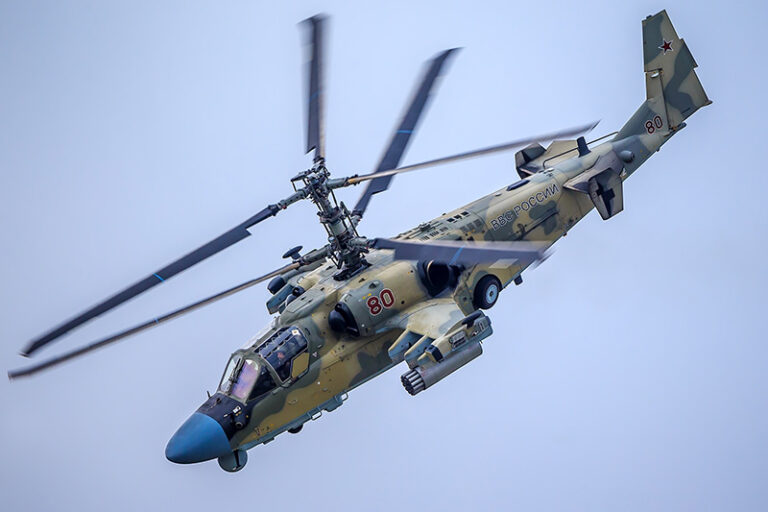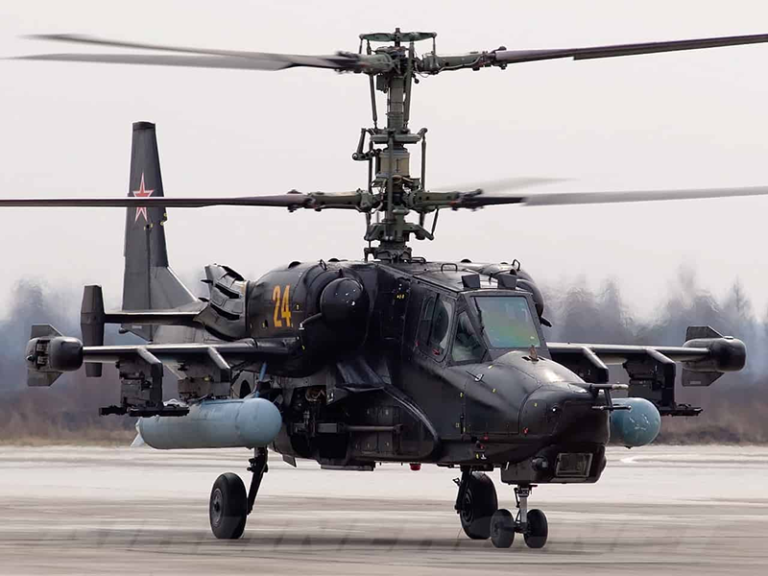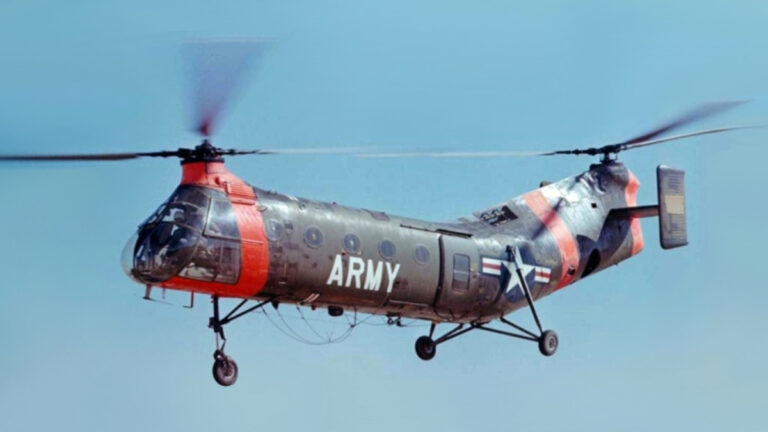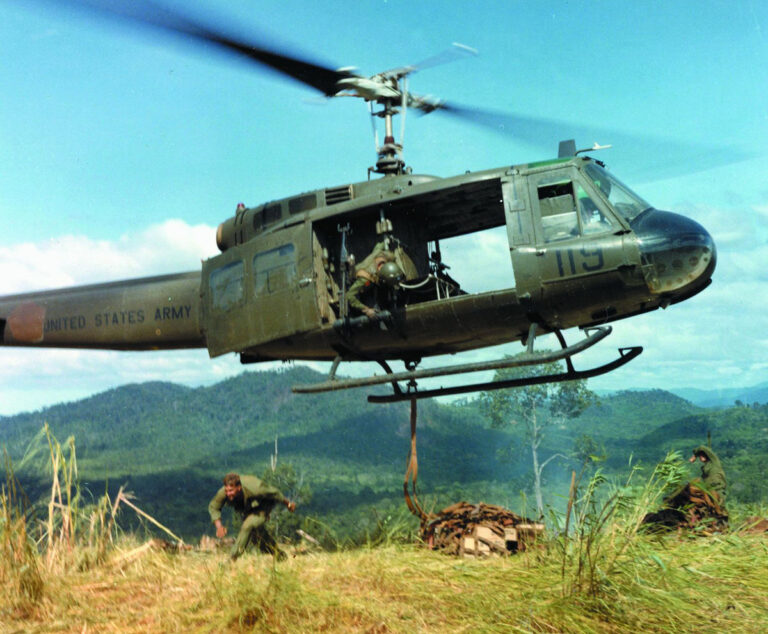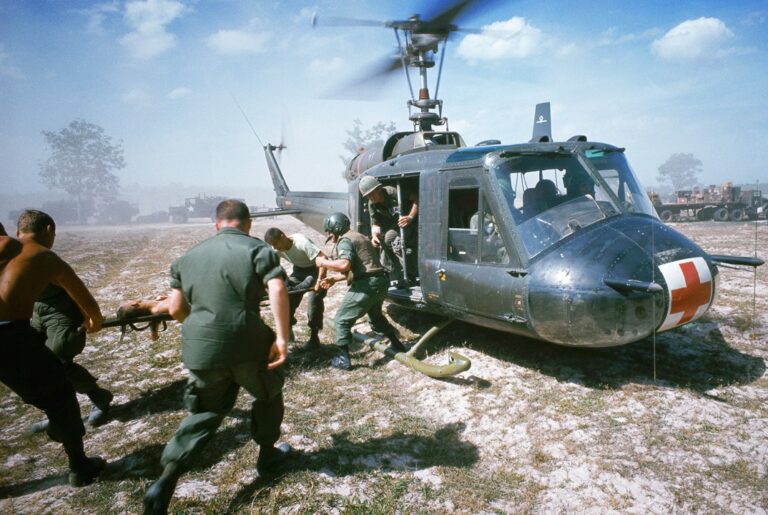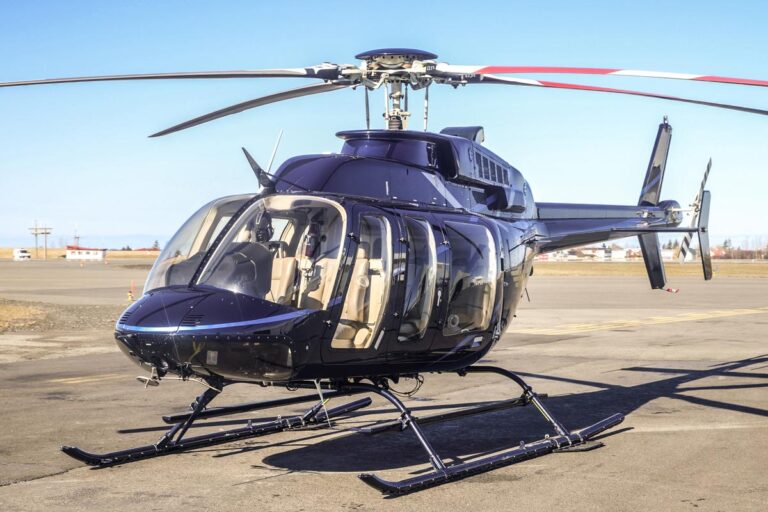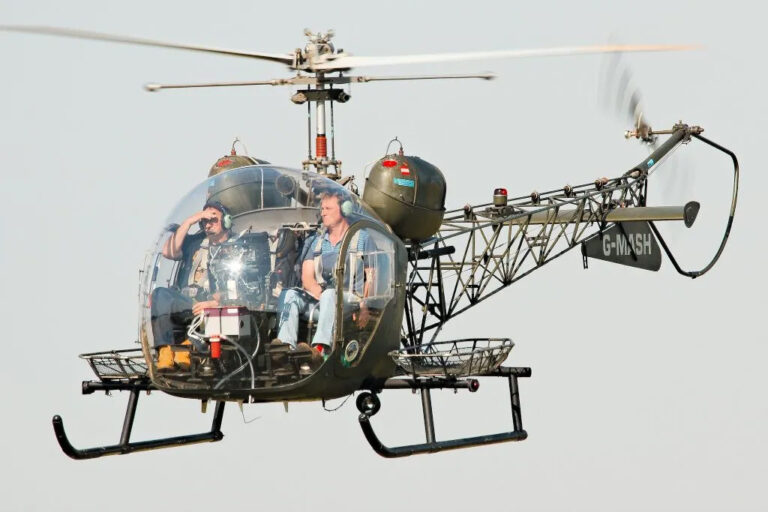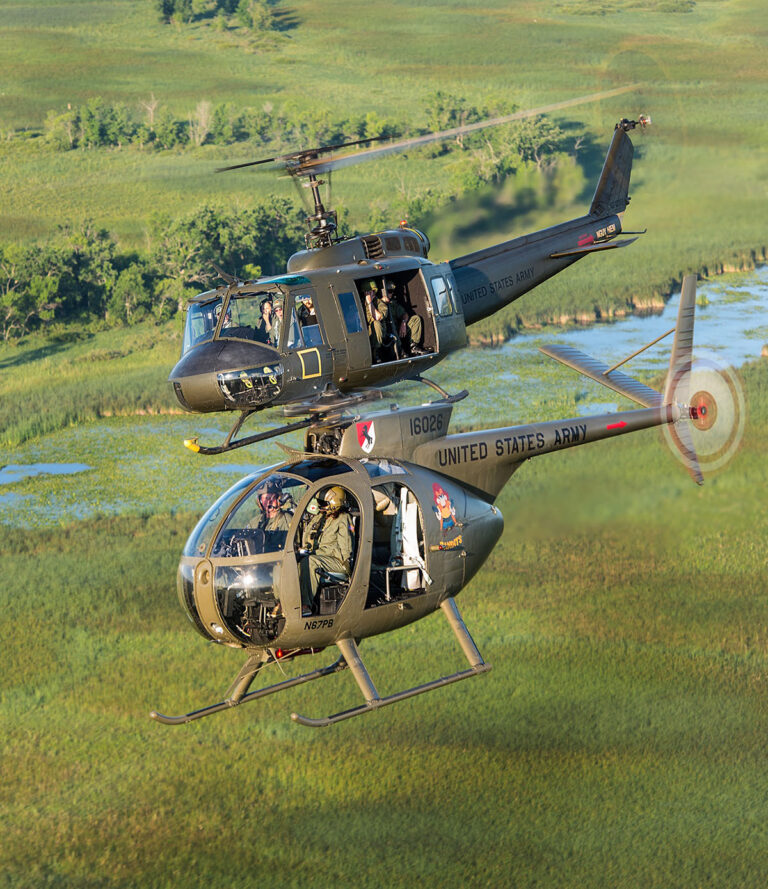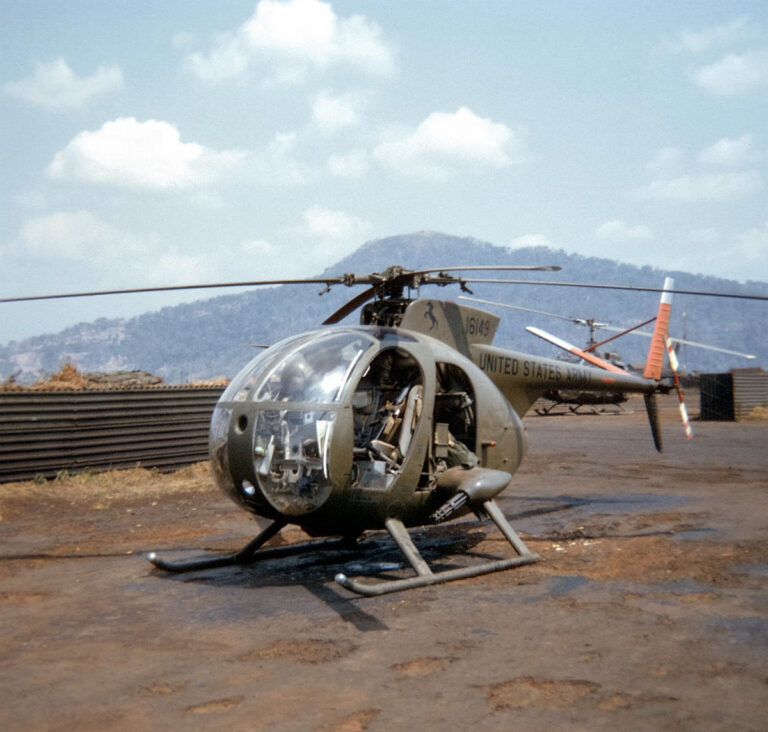Eurocopter Tiger Helicopter Unveiled: Beyond the Battlefield
Dive deep into the world of the Eurocopter Tiger Helicopter, a premier combat aircraft, renowned for its advanced capabilities and dynamic operational performance. This article unfolds the rich history and developmental journey of this cutting-edge helicopter, offering a detailed insight into its distinctive features and specifications. Users will appreciate learning about the various models and variants, as well as the diverse user nations leveraging the Tiger for their defense needs.
The Eurocopter Tiger stands out for its economic impact and is pivotal in shaping aerial combat strategies, excelling in safety and reliability. Explore upcoming upgrades and future models that showcase the potential of this helicopter in evolving combat scenarios. Learn about its future developments and the significant role it is poised to play in next-generation warfare. Whether you’re an aviation enthusiast, a professional in the field, or simply curious, this comprehensive guide provides a wealth of information, engaging insights, and answers to frequently asked questions about the Eurocopter Tiger Helicopter. Don’t miss out on discovering how this remarkable aircraft is redefining the boundaries of aerial combat!


